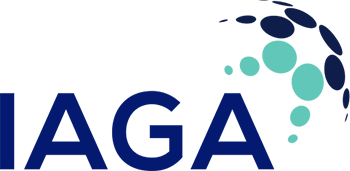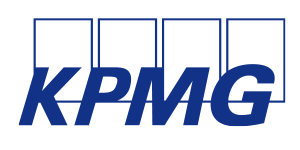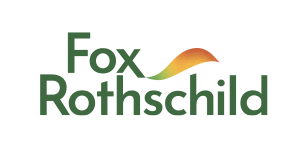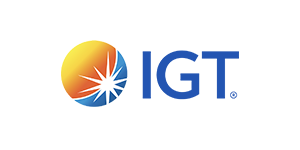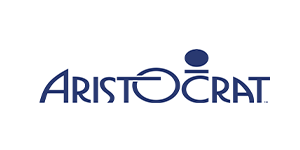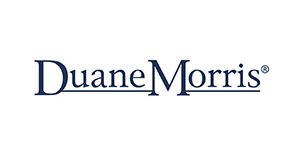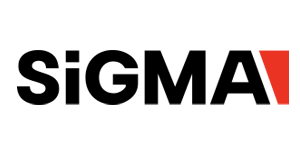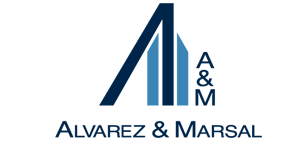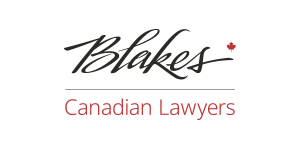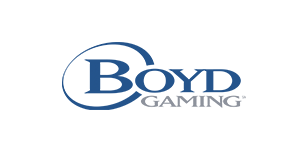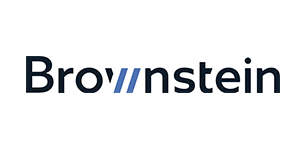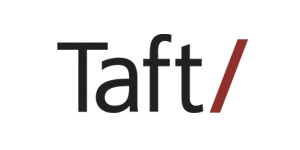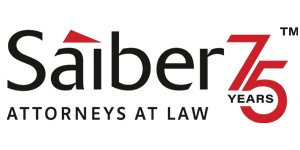- Home
- About IAGA
- Events
- Membership
- Sponsorship
|
OSHA’s Guidance on Returning to Work During COVID-19
OSHA recently published guidance for “nonessential businesses” that are intending to reopen and allow their employees to return to work. This guidance is intended to supplement the U.S. Department of Labor and U.S. Department of Health and Human Services’ existing Guidance on Preparing Workplaces for COVID-19 and the White House’s Guidelines for Opening up America Again. Additionally, employers should continue to monitor state and local guidelines for best practices for worker protection. We discuss some key highlights from OSHA’s recent guidance below.
A Three-Phase Reopening Plan
Phase 1: Employers should keep telework available for employees when feasible and appropriate. Maintaining strict social distancing practices for employees returning to the office is imperative and may require limiting the number of returning employees. Employers should remain flexible in making accommodations for those who are high-risk, elderly individuals and those with underlying health conditions. Nonessential business travel should be limited.
Phase 2: The most notable difference from “Phase 1” is that nonessential business travel may resume. Employers should continue to allow telework if feasible and should maintain social distancing practices.
Phase 3: The final phase is a removal of all restrictions and the recommencement of normal business operations.
Transitioning from one phase to the next is based on geographical prevalence of COVID-19. But in general, employers should follow all applicable guidance from local, state and federal authorities when determining when to reopen and/or transition to subsequent phases.
Items to Consider for Reopening Plans
In addition to the foregoing, employers should remain cognizant of existing OSHA guidelines regarding PPE, respiratory protection, and sanitation.
Testing or Screening for COVID-19 Symptoms
Employers do not need to make a record of temperatures or other health information when they screen workers. However, if employers record this information, it may qualify as a medical record under the Access to Employee Exposure and Medical Records standard (29 CFR 1910.1020). If records are made or maintained by a physician, nurse or other health care personnel they will qualify as “medical records” under the Access to Employee Exposure and Medical Records standard. In such circumstances, medical records must be maintained for the duration of each employee’s employment plus 30 years thereafter, and employers must follow confidentiality requirements when maintaining such records.
Employers must also adequately protect workers who are screening and testing other workers from exposure to COVID-19. Additional information on how to do so is available here.
|
